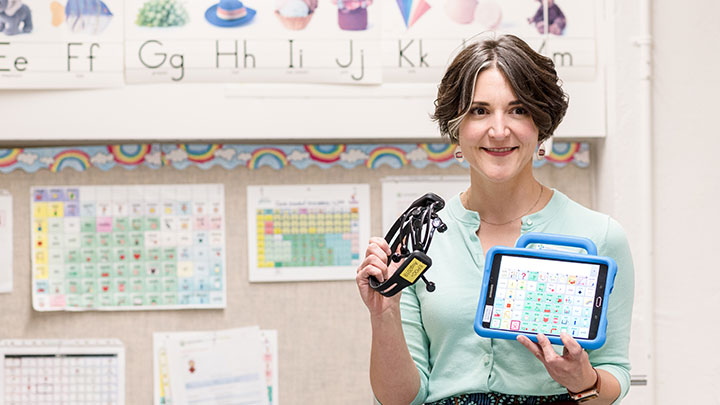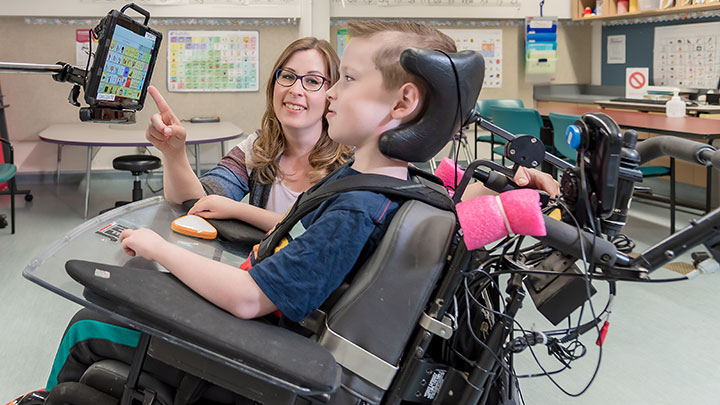
Assistive technology helps people with disabilities to do things for themselves - to be active and independent. Activities of daily living can be impossible for you if you have severe disabilities.
Using assistive technology can give you greater control over your life, and help you be more involved in activities at home, at work and in your community. More simply put, it helps you do things for yourself.
Examples of how assistive technology can be used during daily activities, include managing the telephone, using a wheelchair to get around at home and in the community, using speech-generating communication devices to communicate with others, operating equipment to turn on lights, the television, appliances, using the computer to read or write, or learning new skills. Assistive technology will be used in many ways throughout your day.
The term assistive technology covers both the hard technology – the tools, special equipment or devices, as well as the soft technology – information and training, to help you, your family and support workers learn how to set up and use the technology appropriately.
The solutions suggested may be simple “no tech” ideas and strategies, “low tech” systems or more complex “high tech” tools. In many cases the solutions may be a combination of all of these.
The I CAN Centre provides services for both adults and children.
The inspiring story of Liam as he tries out new technology at the Glenrose Rehabilitation Hospital: Brain Computer Interface (BCI). View Liam's Story.

Staff member displaying a high-technology communication device that assists patients who have trouble verbally communicating.

Pediatric patient in the I CAN Centre on a power wheelchair using a communication device.